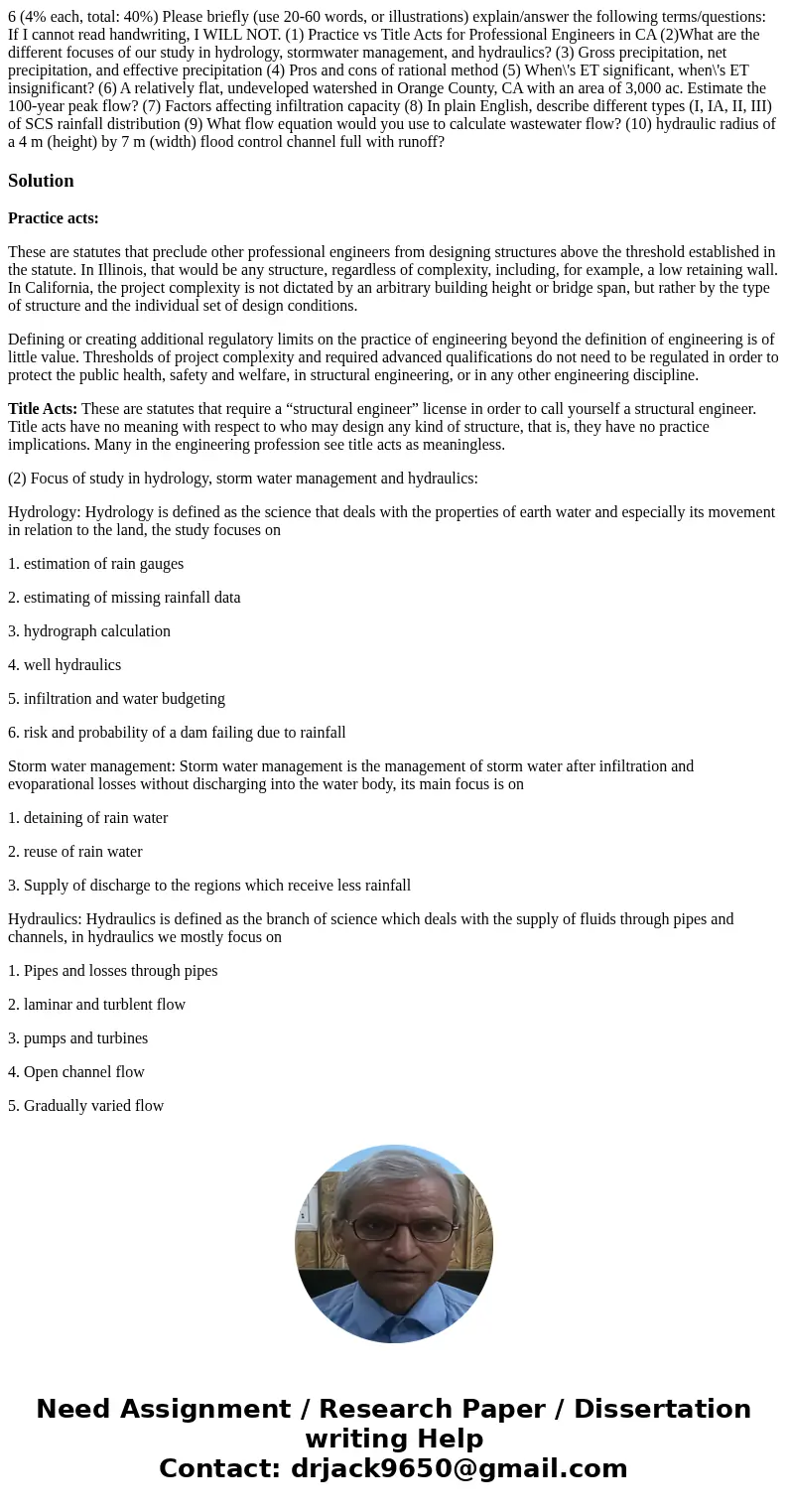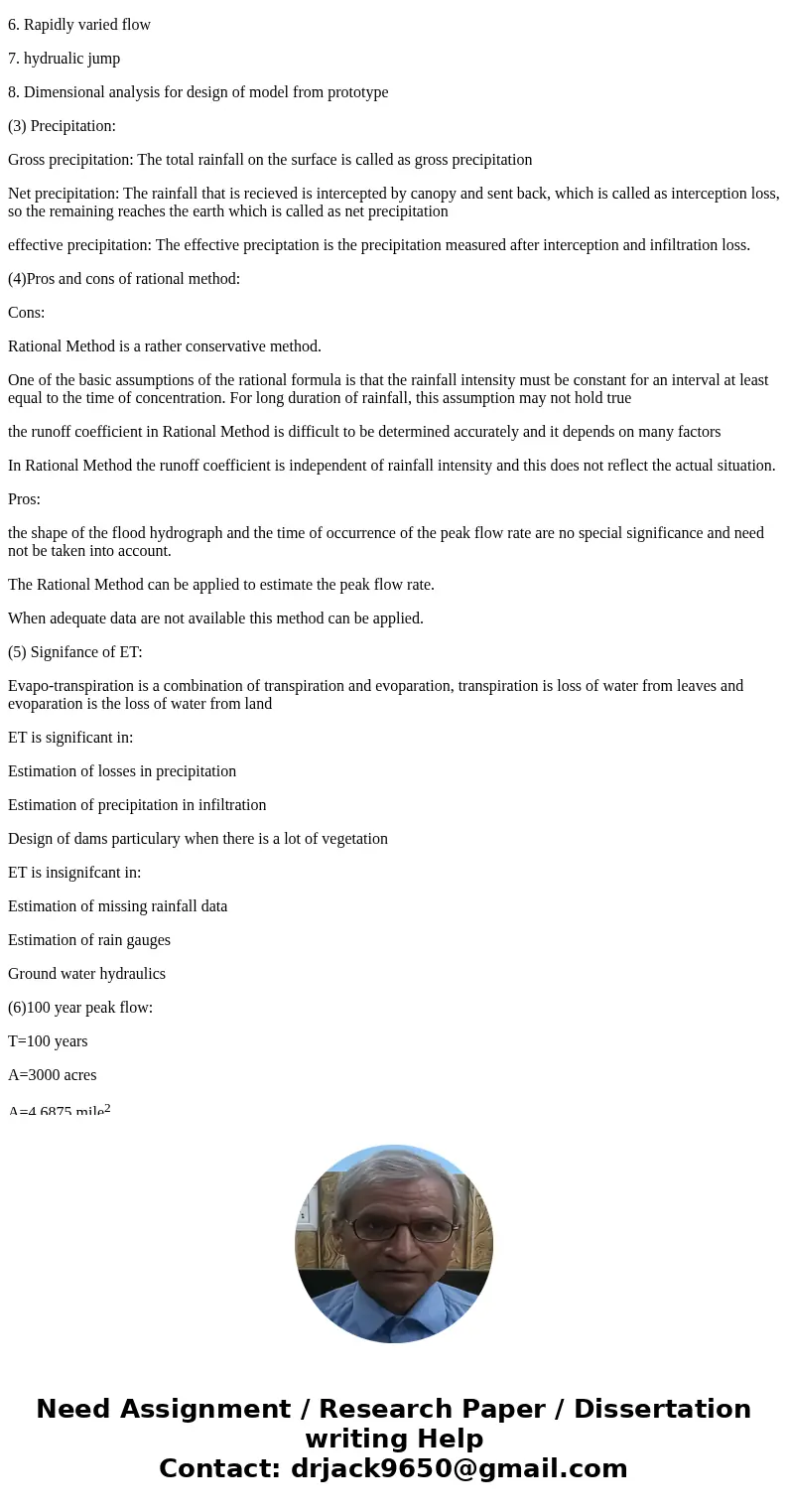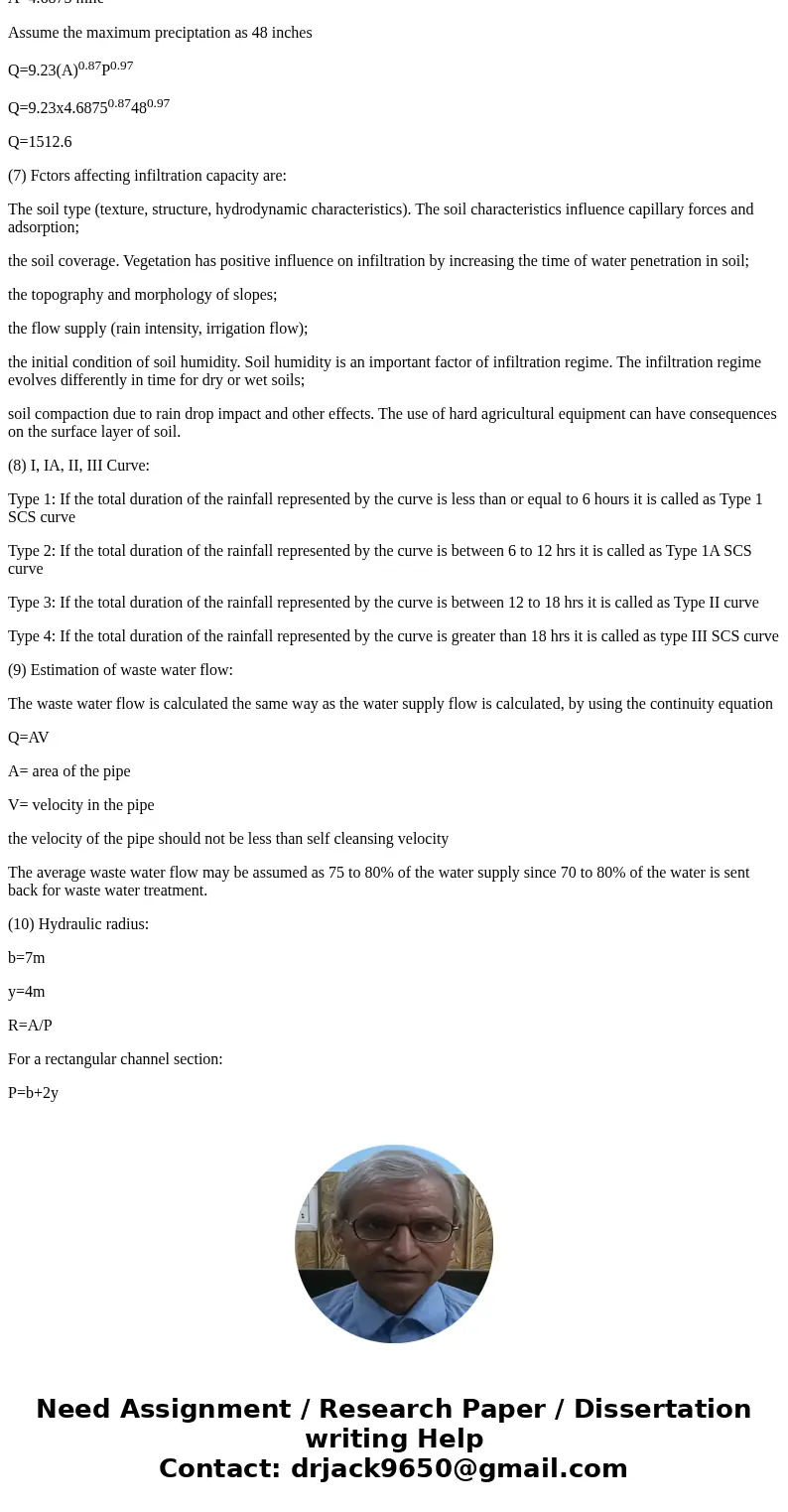6 4 each total 40 Please briefly use 2060 words or illustrat
Solution
Practice acts:
These are statutes that preclude other professional engineers from designing structures above the threshold established in the statute. In Illinois, that would be any structure, regardless of complexity, including, for example, a low retaining wall. In California, the project complexity is not dictated by an arbitrary building height or bridge span, but rather by the type of structure and the individual set of design conditions.
Defining or creating additional regulatory limits on the practice of engineering beyond the definition of engineering is of little value. Thresholds of project complexity and required advanced qualifications do not need to be regulated in order to protect the public health, safety and welfare, in structural engineering, or in any other engineering discipline.
Title Acts: These are statutes that require a “structural engineer” license in order to call yourself a structural engineer. Title acts have no meaning with respect to who may design any kind of structure, that is, they have no practice implications. Many in the engineering profession see title acts as meaningless.
(2) Focus of study in hydrology, storm water management and hydraulics:
Hydrology: Hydrology is defined as the science that deals with the properties of earth water and especially its movement in relation to the land, the study focuses on
1. estimation of rain gauges
2. estimating of missing rainfall data
3. hydrograph calculation
4. well hydraulics
5. infiltration and water budgeting
6. risk and probability of a dam failing due to rainfall
Storm water management: Storm water management is the management of storm water after infiltration and evoparational losses without discharging into the water body, its main focus is on
1. detaining of rain water
2. reuse of rain water
3. Supply of discharge to the regions which receive less rainfall
Hydraulics: Hydraulics is defined as the branch of science which deals with the supply of fluids through pipes and channels, in hydraulics we mostly focus on
1. Pipes and losses through pipes
2. laminar and turblent flow
3. pumps and turbines
4. Open channel flow
5. Gradually varied flow
6. Rapidly varied flow
7. hydrualic jump
8. Dimensional analysis for design of model from prototype
(3) Precipitation:
Gross precipitation: The total rainfall on the surface is called as gross precipitation
Net precipitation: The rainfall that is recieved is intercepted by canopy and sent back, which is called as interception loss, so the remaining reaches the earth which is called as net precipitation
effective precipitation: The effective preciptation is the precipitation measured after interception and infiltration loss.
(4)Pros and cons of rational method:
Cons:
Rational Method is a rather conservative method.
One of the basic assumptions of the rational formula is that the rainfall intensity must be constant for an interval at least equal to the time of concentration. For long duration of rainfall, this assumption may not hold true
the runoff coefficient in Rational Method is difficult to be determined accurately and it depends on many factors
In Rational Method the runoff coefficient is independent of rainfall intensity and this does not reflect the actual situation.
Pros:
the shape of the flood hydrograph and the time of occurrence of the peak flow rate are no special significance and need not be taken into account.
The Rational Method can be applied to estimate the peak flow rate.
When adequate data are not available this method can be applied.
(5) Signifance of ET:
Evapo-transpiration is a combination of transpiration and evoparation, transpiration is loss of water from leaves and evoparation is the loss of water from land
ET is significant in:
Estimation of losses in precipitation
Estimation of precipitation in infiltration
Design of dams particulary when there is a lot of vegetation
ET is insignifcant in:
Estimation of missing rainfall data
Estimation of rain gauges
Ground water hydraulics
(6)100 year peak flow:
T=100 years
A=3000 acres
A=4.6875 mile2
Assume the maximum preciptation as 48 inches
Q=9.23(A)0.87P0.97
Q=9.23x4.68750.87480.97
Q=1512.6
(7) Fctors affecting infiltration capacity are:
The soil type (texture, structure, hydrodynamic characteristics). The soil characteristics influence capillary forces and adsorption;
the soil coverage. Vegetation has positive influence on infiltration by increasing the time of water penetration in soil;
the topography and morphology of slopes;
the flow supply (rain intensity, irrigation flow);
the initial condition of soil humidity. Soil humidity is an important factor of infiltration regime. The infiltration regime evolves differently in time for dry or wet soils;
soil compaction due to rain drop impact and other effects. The use of hard agricultural equipment can have consequences on the surface layer of soil.
(8) I, IA, II, III Curve:
Type 1: If the total duration of the rainfall represented by the curve is less than or equal to 6 hours it is called as Type 1 SCS curve
Type 2: If the total duration of the rainfall represented by the curve is between 6 to 12 hrs it is called as Type 1A SCS curve
Type 3: If the total duration of the rainfall represented by the curve is between 12 to 18 hrs it is called as Type II curve
Type 4: If the total duration of the rainfall represented by the curve is greater than 18 hrs it is called as type III SCS curve
(9) Estimation of waste water flow:
The waste water flow is calculated the same way as the water supply flow is calculated, by using the continuity equation
Q=AV
A= area of the pipe
V= velocity in the pipe
the velocity of the pipe should not be less than self cleansing velocity
The average waste water flow may be assumed as 75 to 80% of the water supply since 70 to 80% of the water is sent back for waste water treatment.
(10) Hydraulic radius:
b=7m
y=4m
R=A/P
For a rectangular channel section:
P=b+2y
A=by
A=28m2
P=7+2(4)=15m
R=28/15
R=1.86m



 Homework Sourse
Homework Sourse